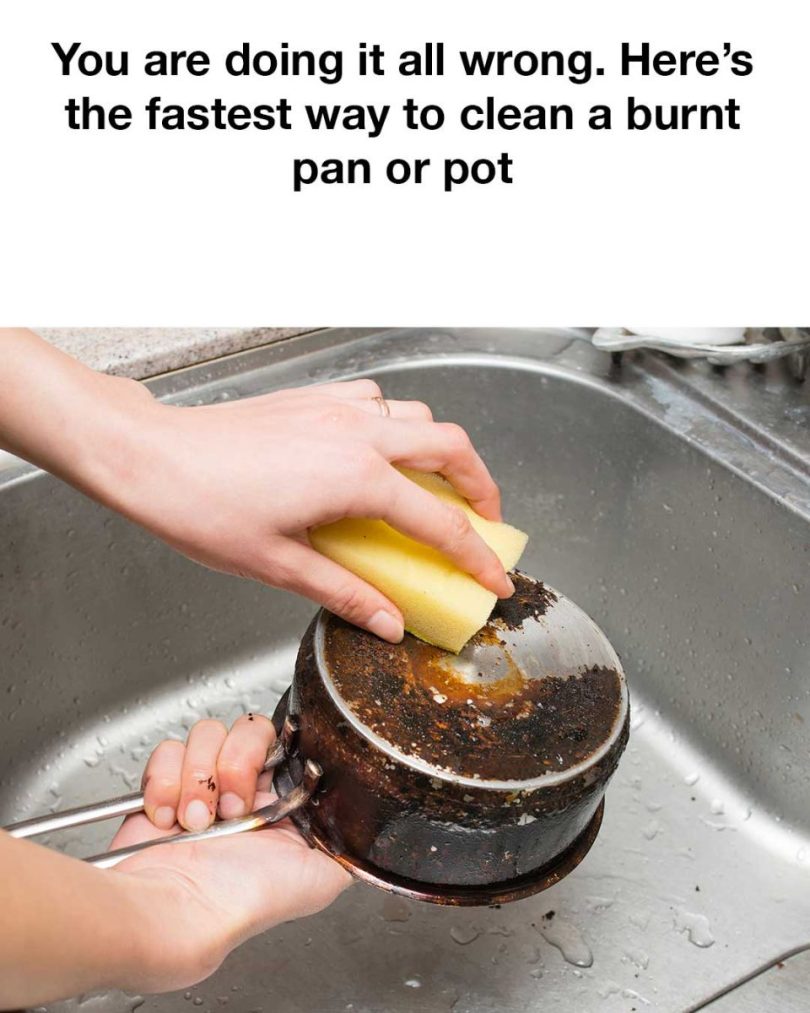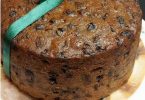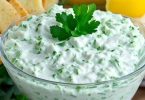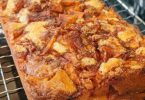Man, I’ve been doing it wrong this entire time
We’ve all been there: a momentary lapse of attention, and suddenly your favorite pan or pot is covered in a stubborn layer of burnt food. The charred mess can seem impossible to remove, leaving you frustrated and questioning whether your cookware will ever be the same again.
But before you reach for that steel wool or harsh chemicals, let’s explore a faster, easier, and less damaging way to clean your burnt pan or pot. You might be surprised to find out that you’ve been doing it all wrong.
Understanding the Problem: Why Pans and Pots Get Burnt
Burnt pans or pots usually happen when food is cooked at too high a temperature, left unattended, or cooked for too long. The food sticks to the surface of the cookware, and as it burns, it creates a layer of carbonized residue that adheres stubbornly to the pan. This burnt layer isn’t just a simple stain; it often forms a bond with the metal, making it difficult to remove with basic cleaning methods.
Common Mistakes People Make
1. Using Abrasive Scrubbers
One of the most common mistakes is grabbing a steel wool pad or other abrasive scrubber. While these can remove the burnt layer, they can also scratch and damage your cookware, particularly if it’s non-stick or made from softer metals like aluminum or copper. Over time, these scratches can make your pans more prone to sticking and further damage.
2. Applying Excessive Force
It might feel satisfying to scrub away at a burnt pan with all your might, but this is neither effective nor necessary. Excessive scrubbing can damage the surface of your pan, and it usually doesn’t make the cleaning process any faster.
3. Using Harsh Chemicals
Some people turn to harsh chemical cleaners in a desperate attempt to save their cookware. While these may dissolve the burnt-on residue, they can also leave behind toxic residues and fumes, particularly if they’re not fully rinsed off. Moreover, harsh chemicals can damage the pan’s surface over time, especially on non-stick or enamel-coated cookware.
The Fastest and Most Effective Method
Here’s the method that will save your pan without damaging it, and it’s likely you already have everything you need in your kitchen.
Materials Needed:
Baking soda
White vinegar
Water
Soft sponge or non-abrasive scrubber
Wooden or silicone spatula (optional)
Step-by-Step Guide:
1. Cool the Pan
Continued on next page
ADVERTISEMENT







